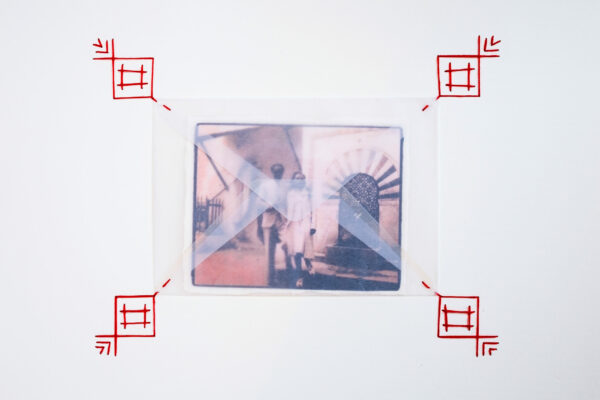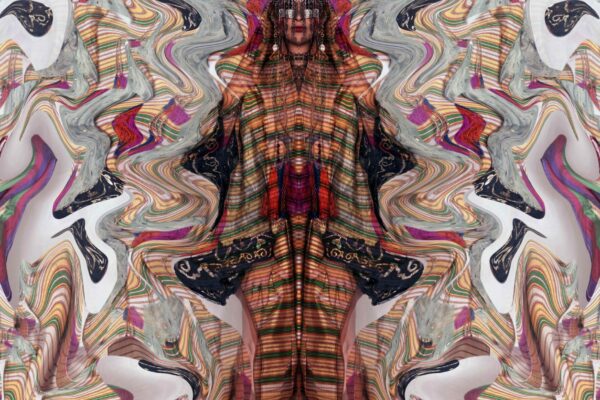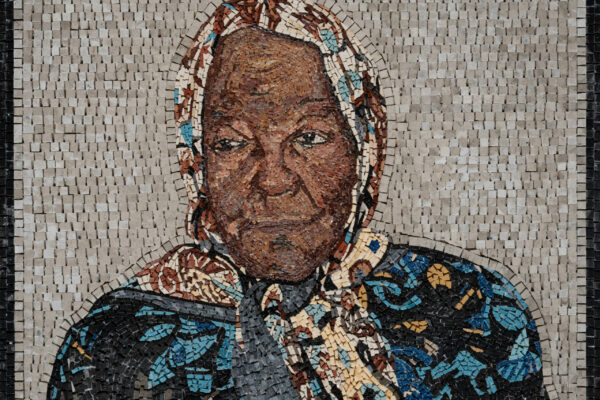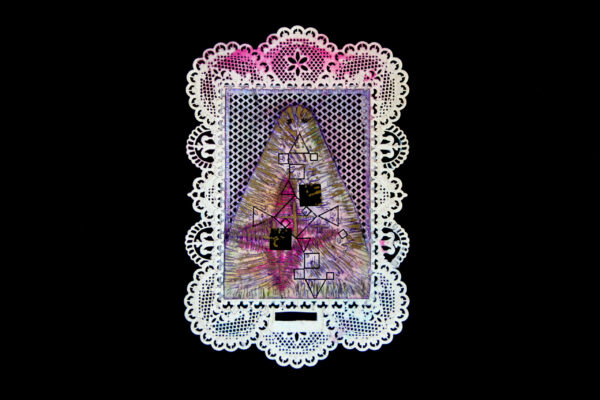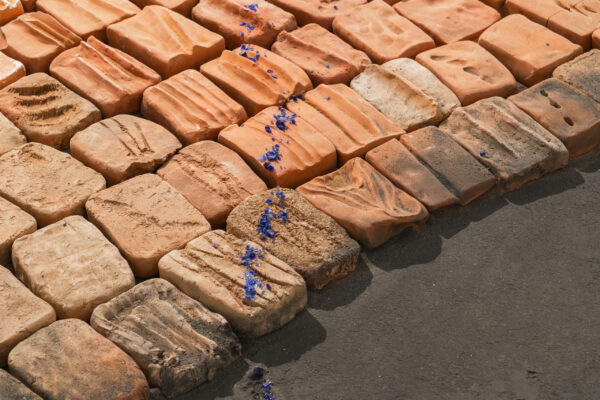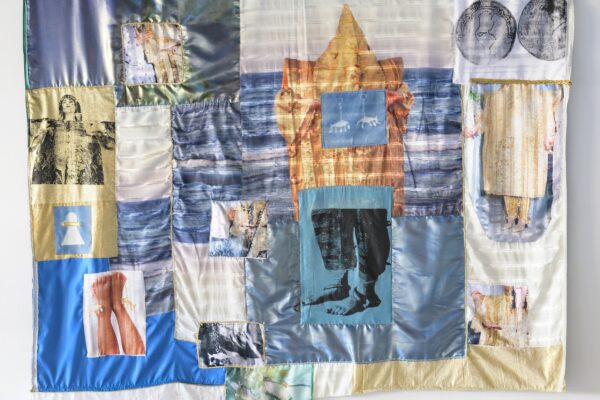Focus 2025: Tunisia
Slow and steady Wears the Stone
الدوام ينقب الرخام
Image and Memory in Contemporary Tunisian Art
in partnership with the Seine-Maritime Department, France
Exhibition: Héla Ammar, Asma Ben Aïssa, Meriem Bouderbala, Rafram Chaddad, Chiraz Chouchane, Férielle Doulain-Zouari, Farah Khelil, Amira Lamti
Curator: Victoria Jonathan
“Each of us needs the memory of the other — not out of compassion or charity, but for a new kind of lucidity within the process of Relation. And if we want to share in the world’s beauty, if we want to stand in solidarity with its suffering, we must learn to remember together.”
– Édouard Glissant, A New Region of the World. Aesthetics I
First presented at the Abbaye de Jumièges in summer 2025, this collective exhibition brings together artists from the contemporary Tunisian scene. For the Menart Fair, a curated selection is shown in Paris, beneath the glass roof of a former industrial workshop in the Marais. The exhibition explores the connections between image, history, and memory through intimate narratives, fragments, everyday gestures, oral traditions, and overlooked archives.
Its title, drawn from a Tunisian proverb – roughly translated as “Drop by drop, water eventually carves stone” – evokes the transformative power of small, repeated acts. In contrast to History with a capital H, the artists focus on micro-narratives, moving away from dominant discourses to uncover the shadow zones of collective memory – between visibility and erasure, presence and absence.
Their approach, both visual and critical, is akin to an archaeological excavation: a sensitive unearthing of layered, shifting, and multifaceted realities. Rather than restoring a fixed past, they offer a living reading of the present, shaped by hybrid forms – photography, video, performance, textile art, embroidery, reverse glass painting, mosaic. Their works invite a material and sensory experience, engaging with artisanal practices long marginalized by Western art history.
Through these forms, the artists reclaim their own narratives, challenge colonial and patriarchal frameworks, amplify social, ecological, and intimate struggles, and bring visibility to marginalized traditions and figures. Tracing paper envelopes holding phantom archives, repurposed ritual garments, objects washed ashore after clandestine crossings, mosaics embodying invisible women — each piece bridges personal and political dimensions, the past and the present. Rather than offering clear answers, they highlight the elliptical nature of memory, where absence and doubt are as generative as traces.
This focused selection extends the spirit of Jumièges: a meditation on what endures once the din of History fades. Like Carthage in Édouard Glissant’s writing — a metaphor for his concept of “creolization” and the focus of his poetry collection Le Sel noir [Black Salt] – the artists assert a relational identity, constantly recomposed through friction, sedimentation, and fertile tension. A sensitive response to a fractured world.

